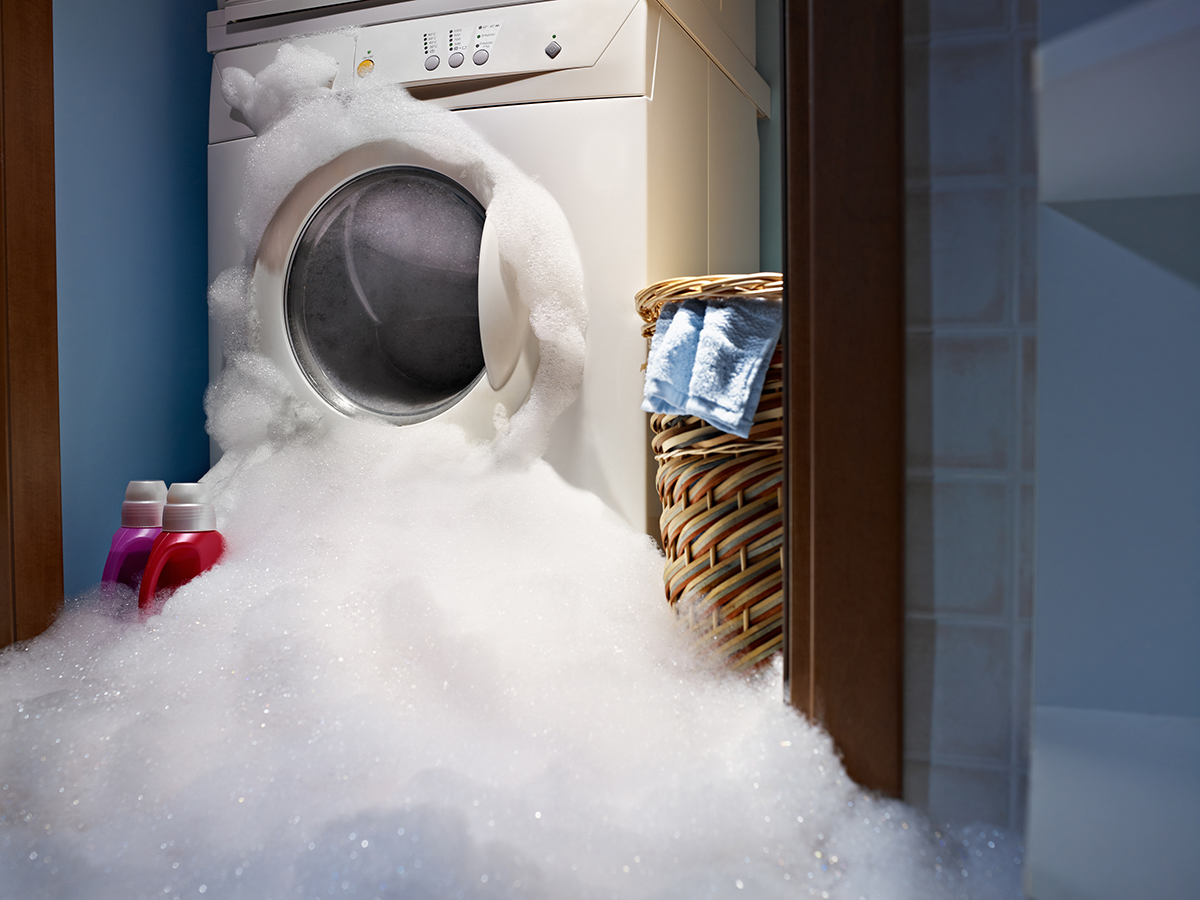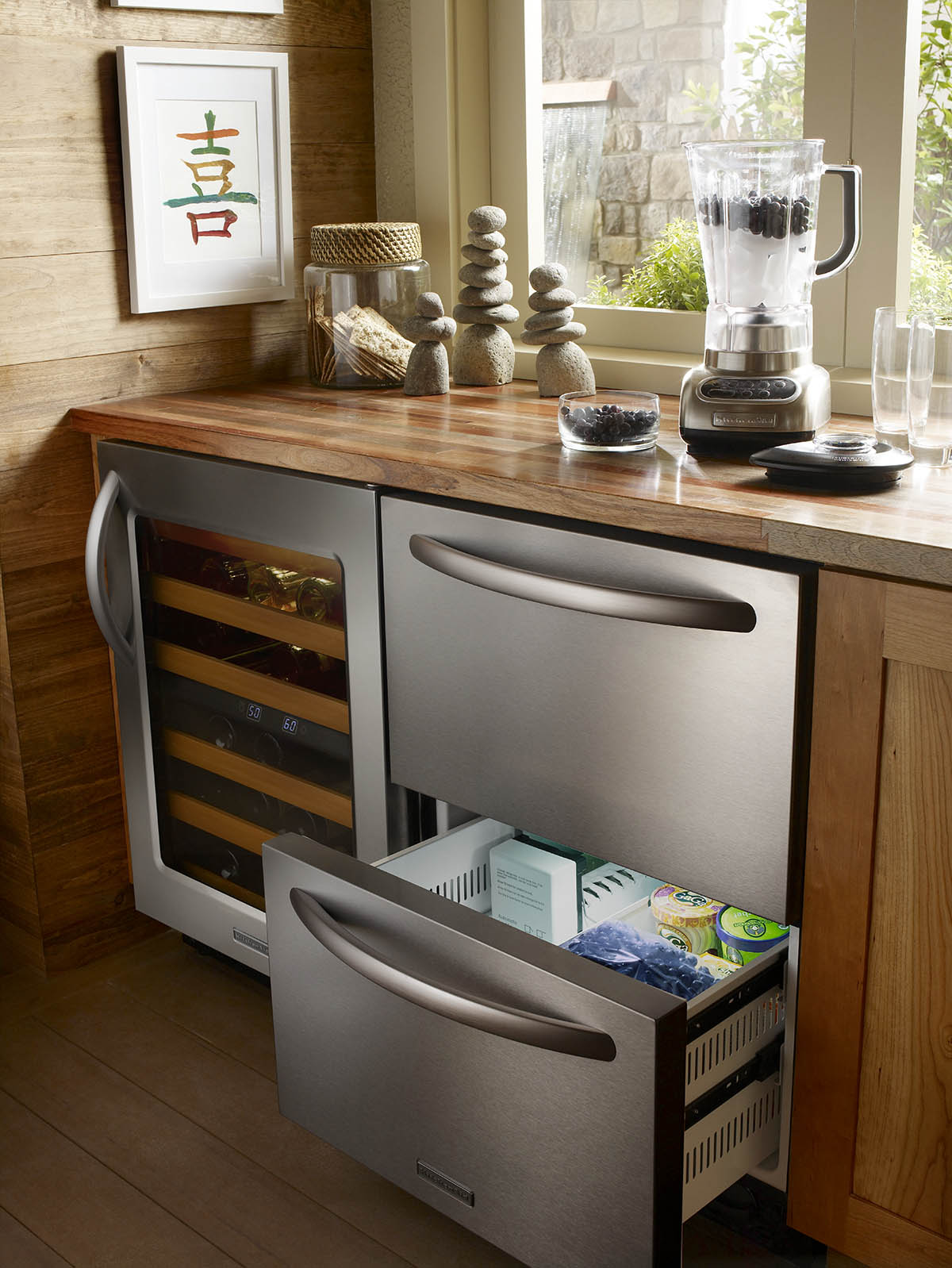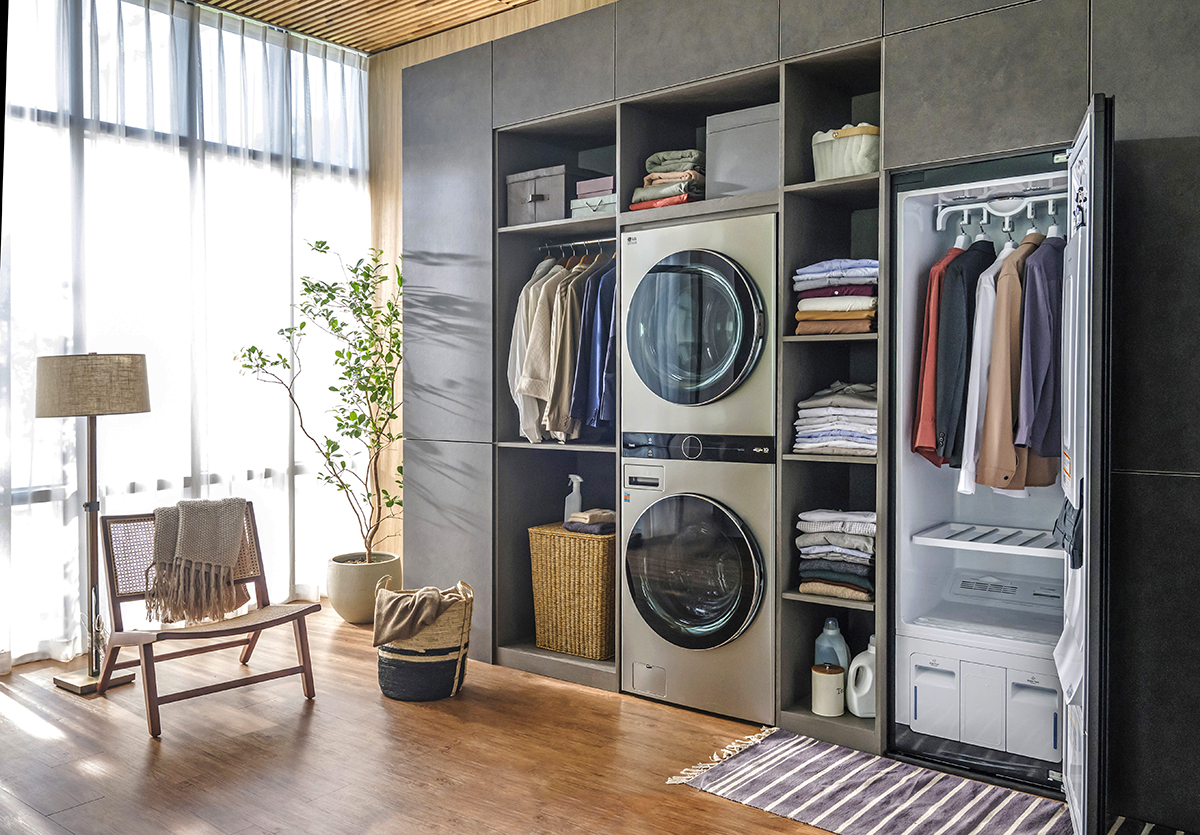WRITER | KIM HYTINEN
The average family washes about 300 loads of laundry each year, according to the US National Park Service. So, it’s not surprising that most service calls to Kurt Richards, owner of D.R. Electric in Howell, are about broken washers and dryers.
“Hands down, it’s the laundry appliances,” Richards said.
Nestled into a historic brick building in the heart of town, Richards’ family-owned appliance store and repair service has been serving Livingston County and beyond since 1952. In addition to providing repair services and new appliances, the shop also stocks items for people who want to fix things themselves.
Following the instructions that come with your appliance is key to optimal performance and appliance life, but Richards has additional advice for the most commonly repaired and replaced items. The refrigerator, washer, and dryer are most likely to need repair, and they are costly to replace, but a lot of that can be avoided by cleaning them properly once or twice per year.
To keep your refrigerator working its best, use a vacuum cleaner to clean off the coils. Dust and debris also collect in the fan in even the cleanest of houses, according to Richards. Once that is clogged, the appliance has to work harder, which shortens its life.
As for the washing machine, families might actually have to do more than 300 loads per year to keep their machine in tip-top shape. Sounds counterintuitive, right? But overloading the drum hampers performance over time and also doesn’t allow clothes to get as clean. Smaller loads are better for both the machine and your clothes.
A neglected dryer is not only a candidate for repair but a safety issue as well. Cleaning the lint trap before every use is a must, as is cleaning out the vent hose once or twice per year. There are products to help with this, but using the vacuum cleaner to get to the debris clogging the deeper sections is an easy solution.
Cooktops should be wiped down after each use and cleaned frequently with the manufacturer-recommended cleanser to prevent build-up and stains. Most conventional ovens have a self-cleaning option that basically uses extreme heat to burn away debris, but it’s important to remove the racks and wash those by hand.
Microwaves should be wiped right away when a spill or splatter occurs. For difficult, dried-on foods, heat a bowl of white vinegar and water in the microwave until it boils and let it sit there for several minutes. The vinegar in the steam will help loosen stuck-on food and make it easier to wipe away.
Dishwashers also need routine care for optimal performance. Pay close attention to the trap at the bottom of the unit where food collects and clogs the drain. There are products available to help remove hard water build-up, but adding vinegar and baking soda to the wash cycle can help with this as well.
Most appliances simply need to be wiped down with a gentle detergent or a vinegar-water solution and stored properly between uses. Using high-quality filters and replacing them as indicated can improve the performance of air purifiers, furnaces, air conditioners, and vacuum cleaners.
Following proper usage guidelines keeps appliances working at their best. And if they do need repair, sometimes a quick visit to a local repair shop for some parts or advice might be all you need to save yourself the cost of a full replacement.








